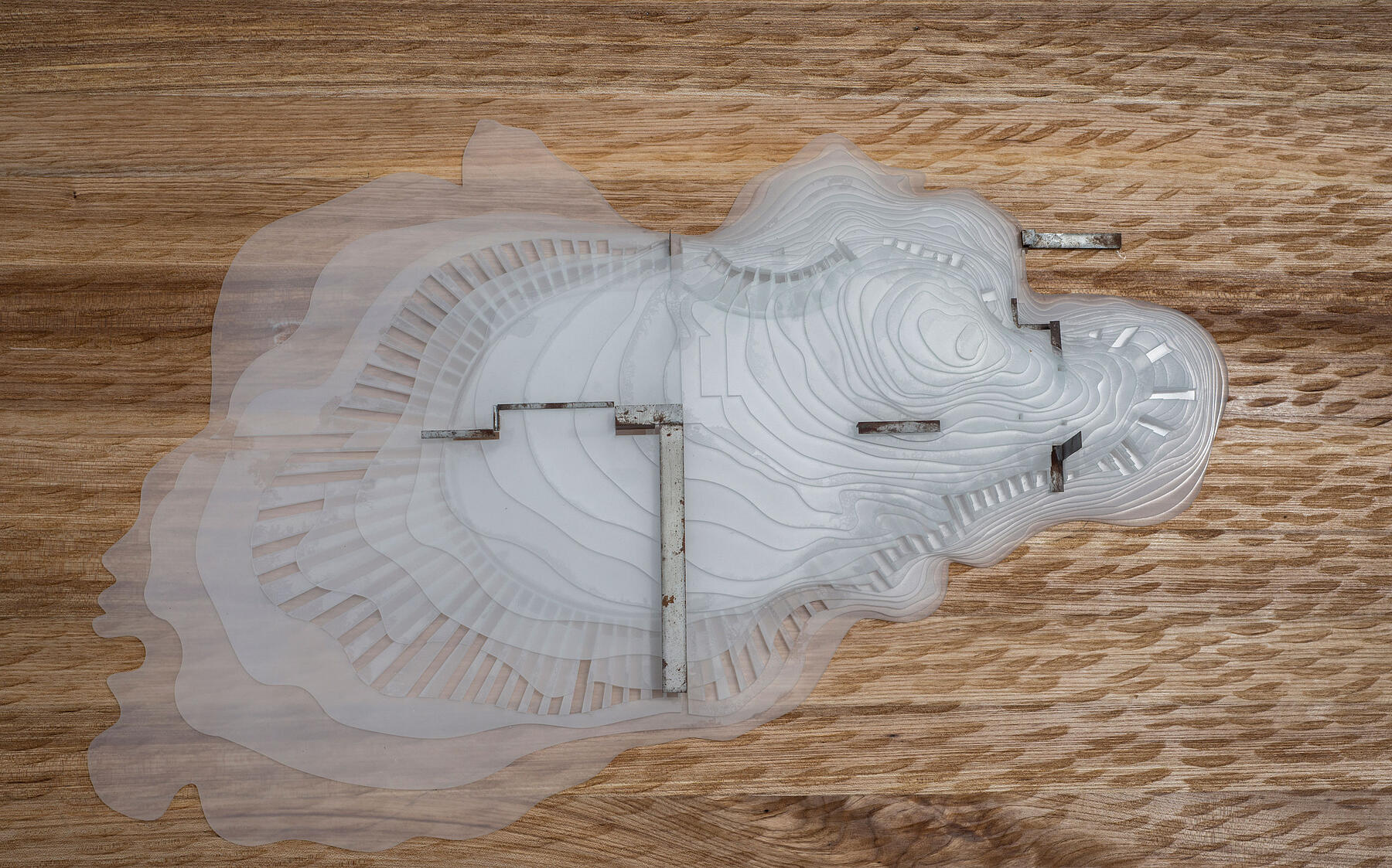蚀刻之旅 | 第十四届威尼斯建筑双年展
It is not down in any map; true places never are. – Herman Melville
“Tour” derives from Latin root tornare or Greek tornos, a lathe or circle, and when combined with suffixes -ist or -ism, suggests the action of moving in a circle. A “tourist,” without the burden of prevailing commercial implications, literally and simply means, one who moves in a circle. Inherent in the notion of circumambulation is the aspect of ritual; to journey in the round, where the beginning is the end, is symbolic of an act fulfilled. The proposal here is to etch this metaphysical journey onto the physical site, wherein the concept of traveling is not contingent on actual destinations but rather describes an inner journey, a passage through space and time that results in a renewed understanding of oneself.
The basic unit of inhabitation here is both common and distinctive, just as each individual person is. Satisfying the basic functional needs of living, the plan configuration of each of the units is identical, while the sectional quality of each room is determined by the specific topographic conditions and sun orientations at any given point, resulting in 100 unique rooms. The units are linked with a continuous looping corridor, and cross-connected with a series of traversing tunnels. Public spaces are likewise sculpted into the ground, but on the surface of the terrain, exposed to the changing elements.
The primitive nature of the chosen tectonic of carving harkens to a collective memory of space-making, found amongst various ancient and contemporary cultures alike. Starting with the Greek approach to planning where buildings are firmly grounded in existing site conditions—demonstrated by the classic Greek theater, which reacts to the morphology of the terrain, and Socrates’ house, which reacts to light and air. From these to the underground Troglodyte dwellings of Tunisia, or the Yaodong cave houses of China, the poetics of these spaces etched into the earth itself becomes grounds for a new kind of tourism.
Confronted with the question of a Greek identity, in light of pervasive trends toward globalization, the position taken here is a return, full circle, to the most primal means of inhabitation, and to an introspective journey of self-discovery.
